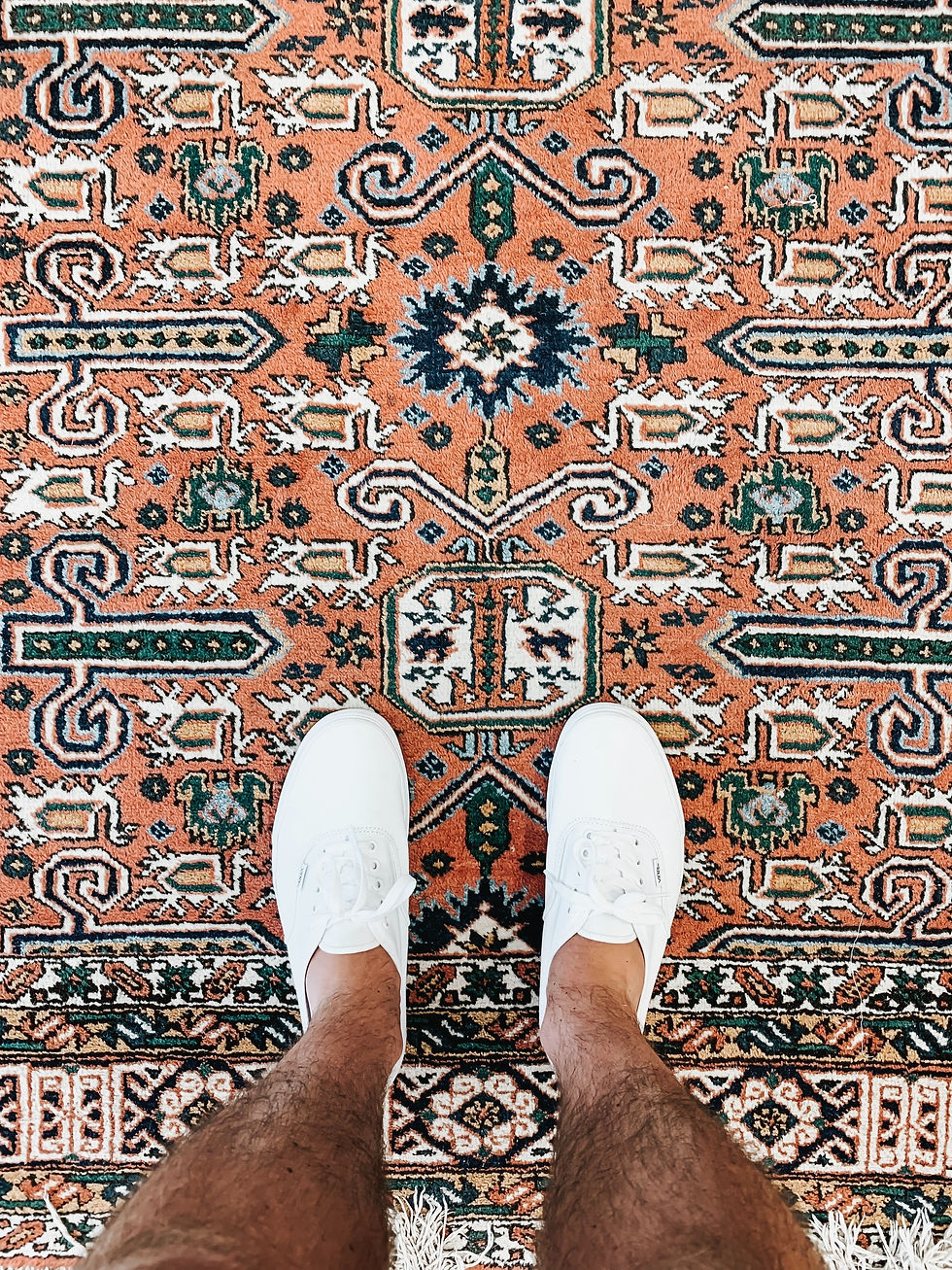Handmade rugs have a rich history and cultural significance that stretches back thousands of years. From the intricate patterns and symbols of ancient civilizations, to the colorful designs and materials of modern cultures, handmade rugs have played a central role in the art, culture, and daily life of people around the world.

The origins of rug making can be traced back to ancient civilizations in Asia, the Middle East, and Europe, where rugs were used for a variety of purposes, including as floor coverings, wall hangings, and ceremonial objects. These early rugs were often made by hand using a variety of techniques, including knotting, weaving, and felting, and were created using natural materials such as wool, cotton, and silk.
Over time, rug making became an important art form and cultural tradition in many regions, with each area developing its own unique styles and techniques. For example, Persian rugs are known for their intricate patterns and use of fine materials, while Turkish rugs are known for their bold colors and geometric designs.

In modern times, handmade rugs continue to be an important part of culture and home decor around the world. While technology and mass production have led to the creation of machine-made rugs, handmade rugs remain highly prized for their uniqueness, craftsmanship, and cultural significance.
Whether used to add warmth and comfort to a home, or as a piece of art to be admired, handmade rugs are a timeless and enduring symbol of human creativity and connection to tradition.

Comments